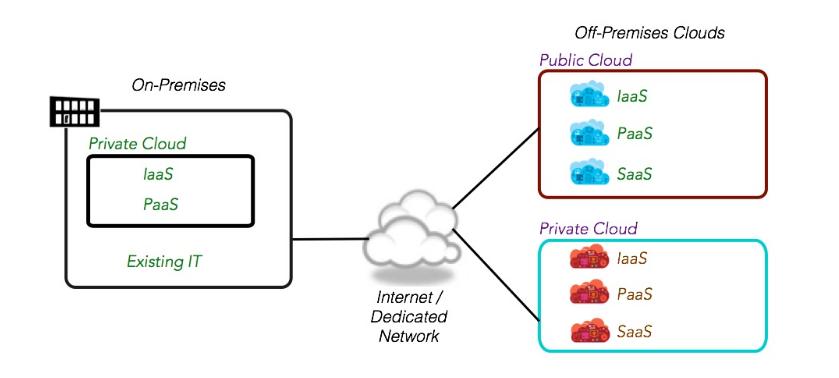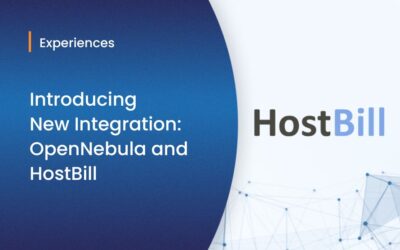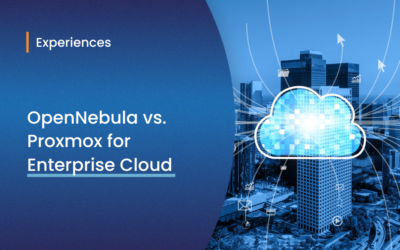Today, the model of hybrid cloud comes under the eyes of a lot of organizations. The idea of combining resources of public cloud providers with private depending on the terms of execution, the need of more resources, an extra protection of the data, more or less security in services with sensitive information, etc. are some of the capabilities that this model has to answer. The case of CSUC, acting as Opennebula powered cloud provider and at the same time as user of external IaaS and PaaS services, is analyzed sharing its first experiences in the way to archive a real multicloud architecture.

Figure 1- The Hybrid Cloud, acts as a slicing bridge.
The majority of organizations have not been born in the “cloud”, situation that produces a lot of cases where the cloud resources have to interact or to be connected to traditional systems and applications with some criticality and usually are situated in its own dependencies. This kind of architecture is the most usual, where the main keys for its success go through to be aware about things like the integration capabilities or the impact in the organization roles where could exist different interpretation of the same concept.
For a solutions designer the model has to offer flexibility, speed and capacity. In the case of the infrastructure team it’s easy to think that more “different things” have to be managed. The business development staff will ask if it will be more expensive and which is the value that the hybrid model will contribute.
From the IT infrastructure perspective, when a public cloud provider is selected/procured, a good approach to start with in the adoption of hybrid cloud model is to focus in these first three challenges.
- Networking: to extend your network layers with capable “dedicated” circuits provision with bandwidth control outside and inside public cloud provider(s).
- Management: to consolidate a truly global infrastructure management platform through a cloud orchestrator and its cloud bursting capabilities.
- Security: to extend to public cloud provider current security layers (platforms, tools, policies,…) under the current organizations umbrella.
Definitely, the model or architecture to implement will be different depending on each case where the applications/services have a lot to say and have to be listened. The pure reality is that nowadays almost all the organizations work in two different speeds and this is something that the technology departments have to work with. Some very changing environments like web and mobile applications and other more robust systems associated to critical processes with high levels of stability and security. A real cloud hybrid model should support the combination of this two speed ecosystems maintaining its specific dependences and needs.
The CSUC use case: driving to a hybrid cloud architecture
CSUC, in these last two years has worked in these challenges with some actions that are transforming roles, the management models at ICT infrastructure level, the way of services provision, etc.
The first action was to start a procurement process to provision the first IaaS provider with the idea of infrastructure and services optimization in a new model of payment by use. In parallel as RREN, the adoption of a orchestrator role with its own cloud management platform (Opennebula based) to manage distributed resources in a real multicloud environment. The network design, the unified management and security conditioned the strategy.
Regarding the new external cloud provider and after an a intense procurement process, the company Nexica resulted adjudicator for four years of the provision of IaaS services for Catalan Universities and CSUC.
What work has already been done:
- First IaaS provider procurement process.
- Service catalog, service-level agreements and governance.
Architecture redefinition. - RREN extended to the provider: Layers 2&3.
- A new Opennebula cloud bursting driver was developed (VCLOUD compliance)
- Integration of CSUC opencloud orchestrator.
- Deployment of first production services.
If you are interested to see more details, please contact with us. This initiative will be presented in the next TNC17 , the annual Géant congress, at Linz – Austria [31/5/2017] (see the full paper here).




0 Comments